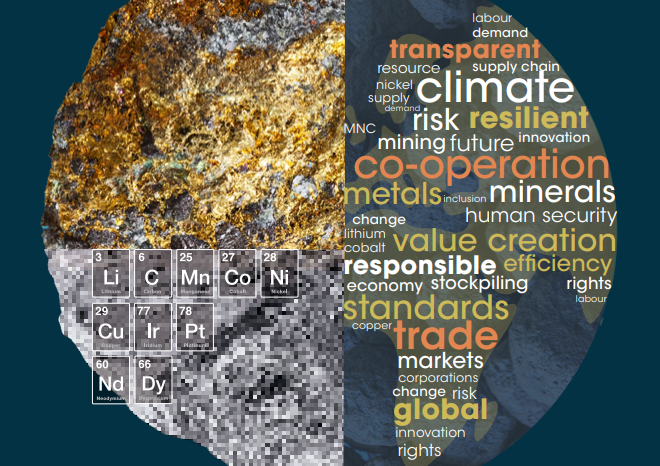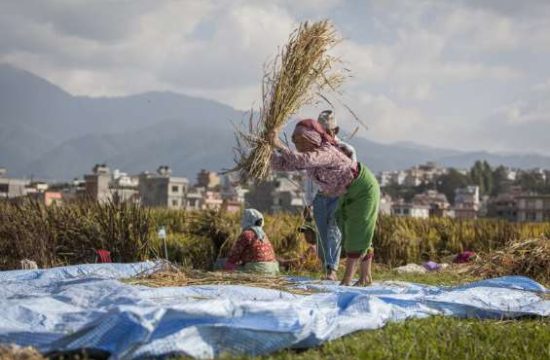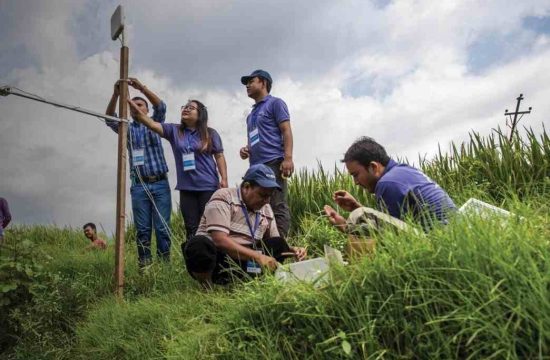Abu Dhabi, UAE – The energy transition requires a dramatic increase in the supply of critical materials, yet their supply chains remain vulnerable to a range of geopolitical risks.
While there is no scarcity of reserves for energy transition minerals, global capabilities for mining and refining them are limited. Supply disruptions could impact the speed of the energy transition in the short to medium term, a new report by the International Renewable Energy Agency (IRENA) warns.
Geopolitics of the Energy Transition: Critical Materials examines the geopolitical risks and opportunities linked to a growing demand for materials in the coming years and calls for a holistic approach to diversify supply chains.
While the dependency and supply dynamics fundamentally differ from fossil fuels, mining and processing of critical materials is geographically concentrated, with a few countries and a few major companies playing a dominant role. External shocks, resource nationalism, export restrictions, mineral cartels, instability, and market manipulation could therefore increase the risks of supply shortages.
The report also highlights the opportunity to rewrite the script for extractive commodities and build momentum for more inclusive, ethical, and sustainable value chains. Geographically widespread material reserves open opportunities to diversify the mining and processing to notably developing countries. Supporting policies will allow developing countries to realize new business opportunities and could improve resilience while keeping the global decarbonization agenda on course.
“The energy transition will become a main driver of demand for critical minerals,” IRENA’s Director-General Francesco La Camera said. “The risk of supply chain disruptions is less about energy security and more about the potential slowdown of the transition, which must be avoided. On the road to COP28, my message is to urgently strengthen collaboration on critical materials to minimize the geopolitical risks of concentrated supply chains and accelerate the deployment of renewables to limit rising temperatures to 1.5°C.”

“The significant increase in critical materials gives the international community an opportunity to diversify supply chains and make them more sustainable. No single country can alone fulfill its demand for materials, so collaborative strategies that benefit all involved need to be developed and implemented,” he added.
Also, he said that particularly mineral-rich developing countries gain if they can capture a greater share of the critical material value chain. By redefining the narrative of extraction, we can promote a more responsible approach to the benefit of people and communities in pursuit of inclusive and resilient economies.
Today, the mining of critical materials is highly concentrated in specific geographical locations. Australia (lithium), China (graphite, rare earth), Chile (copper and lithium), the Democratic Republic of Congo (cobalt), Indonesia (nickel) and South Africa (platinum, iridium) are the dominant players. Processing is even more geographically concentrated, with China accounting for more than 50% of the world’s refined supply of (natural) graphite, dysprosium (rare earth), cobalt, lithium, and manganese.
Furthermore, the mining industry is dominated by a few major companies, leading to frequent oligopolistic markets. As a result, the industry is highly concentrated, with few controlling a significant portion of global production and trade. The top five mining companies control 61% of lithium output and 56% of cobalt output.
By contrast, critical material reserves are widely distributed. Developing countries currently account for most of the global production needed for energy transitions, but their share in reserves is even greater. For example, Bolivia has 21 million tons of lithium reserves but produced less than 1% of the world’s supply. An estimated 54% of minerals are located on or near indigenous peoples’ land, underscoring the need for community engagement.
A renewables-based energy transition, if well-planned and executed, can rewrite the legacy of extractive industries, the report concludes. As has been the case with extractive industries for centuries, activities and processes carry risks for local communities such as labor and other human rights abuses, land degradation, water resource depletion and contamination, and air pollution. Stronger international cooperation to raise and enforce standards and longer-term corporate views are essential for sustainable development and social license.









